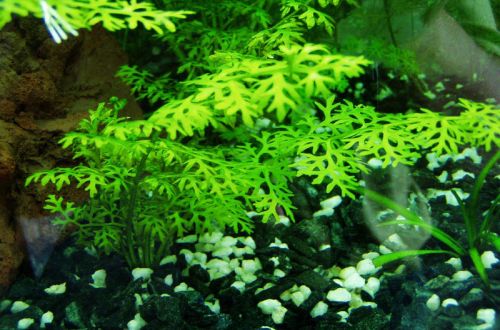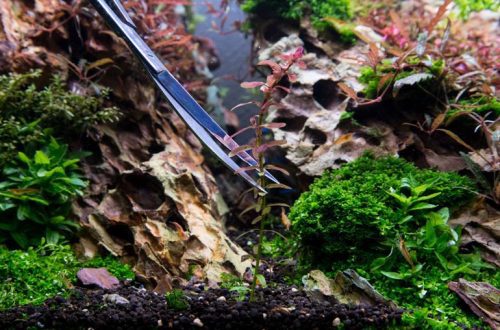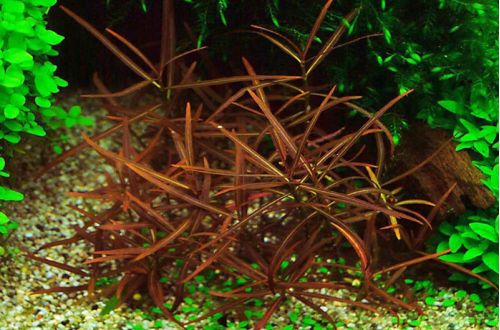
indian fern
Indian water fern, scientific name Ceratopteris thalictroides. It was isolated as a separate species in 2010, until that time it was considered a variety of Ceratopteris horned (Ceratopteris cornuta). It should be noted that this identification is also not final. More recent research has identified a whole group of indistinguishable species that are now united by this collective name. However, for the average aquarist, it doesn’t make much sense to describe each of them, since they are all almost identical and require the same growing conditions.

It is widely distributed in many tropical and subtropical regions of the world. It is found everywhere, grows in shallow water or on moist soil along the banks of rivers, streams, swamps, and rice fields. Able to grow under water, fixing on the bottom or floating on the surface, as well as on land. In some regions of Asia, the leaves of this fern are used for food.
In nature, this is an annual plant, but in the artificial environment of aquariums it can be cultivated on a permanent basis. The Indian water fern develops broad feathery leaves (up to 50 cm long) collected in a rosette. It is undemanding to growth conditions, adapts to different levels of illumination and the hydrochemical composition of water, does not need nutrient soil.





